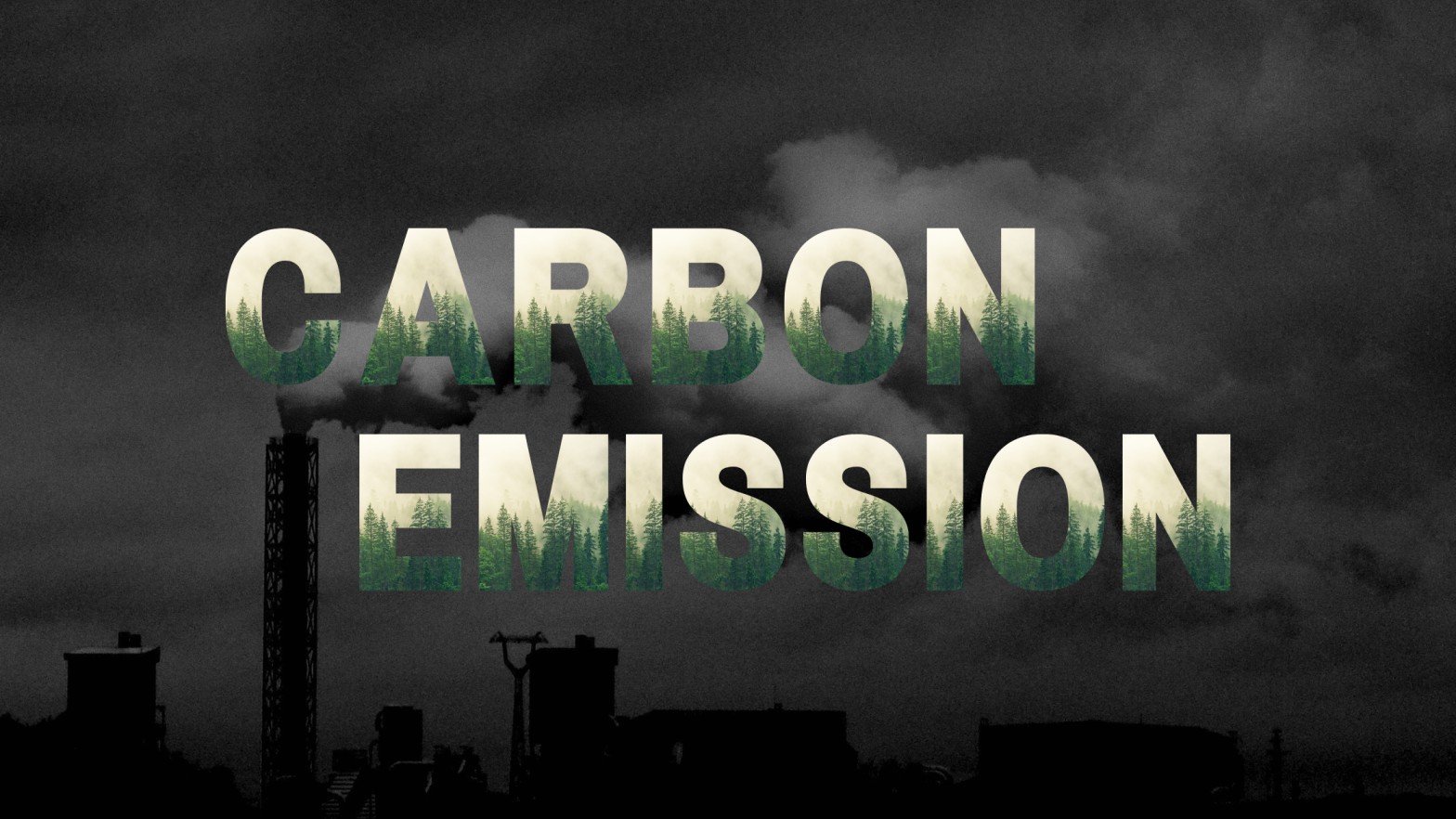
Community Solar
As much as we want to see solar panels on every single roof in the country, we accept that’s not quite possible. But for anybody who can’t install solar panels on their property, or would prefer not to, community solar energy makes it possible to still receive the benefits of solar
WHAT IS COMMUNITY SOLAR?
A community solar project is a large, central solar power plant, whose electricity is shared by more than a single property. While the size of a residential solar installation is measured in kilowatts, community solar projects are measured in megawatts, meaning that a single community solar project can power hundreds or even thousands of homes. Community solar is also often referred to as roofless solar, solar gardens, or shared solar.
Since you don’t need to have a suitable rooftop for solar to participate in a community solar project, it’s a great option for renters and people who live in shared housing. By purchasing a share of or subscribing to a community solar project, everybody can benefit from solar while paying less for electricity.

What community solar is not
Community solar is similar to, and often confused with, other types of clean energy electricity rates and incentives, such as:
- Group Purchasing: Group purchasing deals allow a large number of households or businesses to purchase their own individual solar systems at bulk rates through negotiations with a solar installation company, for instance, Philadelphia’s Solarize program. Unlike a community solar project, in which all participants benefit from one central system, in a group purchasing program, each participant purchases their own individual solar projects.
- Green Power: Green power rates allow a utility’s customers to purchase electricity from renewable energy generation sources—mainly large-scale hydro, wind, and solar. Those who sign up for green power programs generally do so to ‘do the right thing,’ rather than to save money on their power bills, since these options often come at a price premium. Importantly, participation in a green power plan does not necessarily result in the build-out of additional renewable power plants, as the electricity may be sourced from pre-existing facilities. Most community solar projects, on the other hand, are developed with a primary aim of saving participants money on their power bills.
- Crowdfunding / Online Solar Investment Platforms: Some companies have opened up renewable energy investment through online platforms that allow you to invest in new solar installations. These types of projects are purely an investment: you don’t receive the electricity from any of these projects to offset your bill. Note: the gains from these projects are typically taxable (as investments), whereas electricity bill savings from a community solar project are not taxable.
How does community solar work?
At a high level, when you join a community solar farm, you either are given access to the electricity from a certain number of panels in the array, or you purchase a specific amount of electricity, usually at a discount compared to your normal utility rate.
Community solar projects and programs are typically offered in two formats:
- Ownership: This model allows participants to purchase a select number of the panels or a portion of the community solar project. When you buy into a community solar project, you’ll get electric bill credits/savings from all of the power produced by the solar panels you own.
- Subscription: This model allows participants to become subscribers and pay a lower price on your electric bill each month. Instead of owning panels or a share of the project, you are just purchasing electricity at a lower rate than you would pay to purchase electricity from your utility.
What are the benefits of community solar?
There are two primary benefits of community shared solar for participants: first, community solar makes it possible for more people to access the benefits of solar power; and, second, participants in community solar projects lock in savings on their electricity bills every month. Additionally, community solar even benefits the utility companies with projects in their territories!
Financial benefits of community solar
Community solar is made possible by a policy called “virtual net metering” (VNM). Like net metering for rooftop solar power, virtual net metering policies allow households or businesses to receive the net metering credits associated with a renewable energy project installed at a remote location.
The same way net metering allows you to use the solar produced on your roof to offset any electricity you pull from the grid when the sun isn’t shining, virtual net metering allows you to use solar energy produced at a remote location to offset electricity you pull from the grid, hence “virtual.”
The end result of virtual net metering is that community solar participants are able to reduce the amount they pay for electricity every month, locking in savings for years to come.
Utility benefits of community solar
In addition to helping program participants save money on electricity, there are a few ways community solar also benefits electric utilities.
For one, utilities can strategically site roofless solar gardens on the grid in areas with fewer generators connected. This helps stabilize the grid overall, which in the long term saves the utility money and time on costly grid maintenance and repairs.
And second, community solar farms are one way for utilities to meet the requirements of any renewable portfolio standards their state may have in place. Community solar on the grid counts as renewable solar energy, which is becoming required in certain percentages in more places every year.




